Song Thrush, Normandy
PoetryBeneath this cloud-spread sky you sing head high for some lost mate, or for the joy to thrive through storms, and glide through orchards ripe with apples, cherries, berries, pears and leaves all dappled with the shy sun’s rays…
Song Thrush, Normandy Read Post »
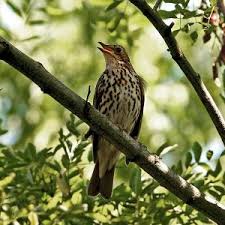


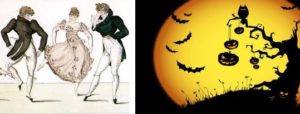
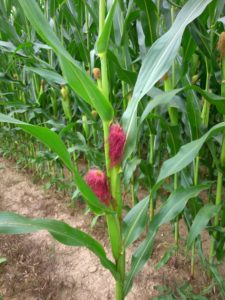
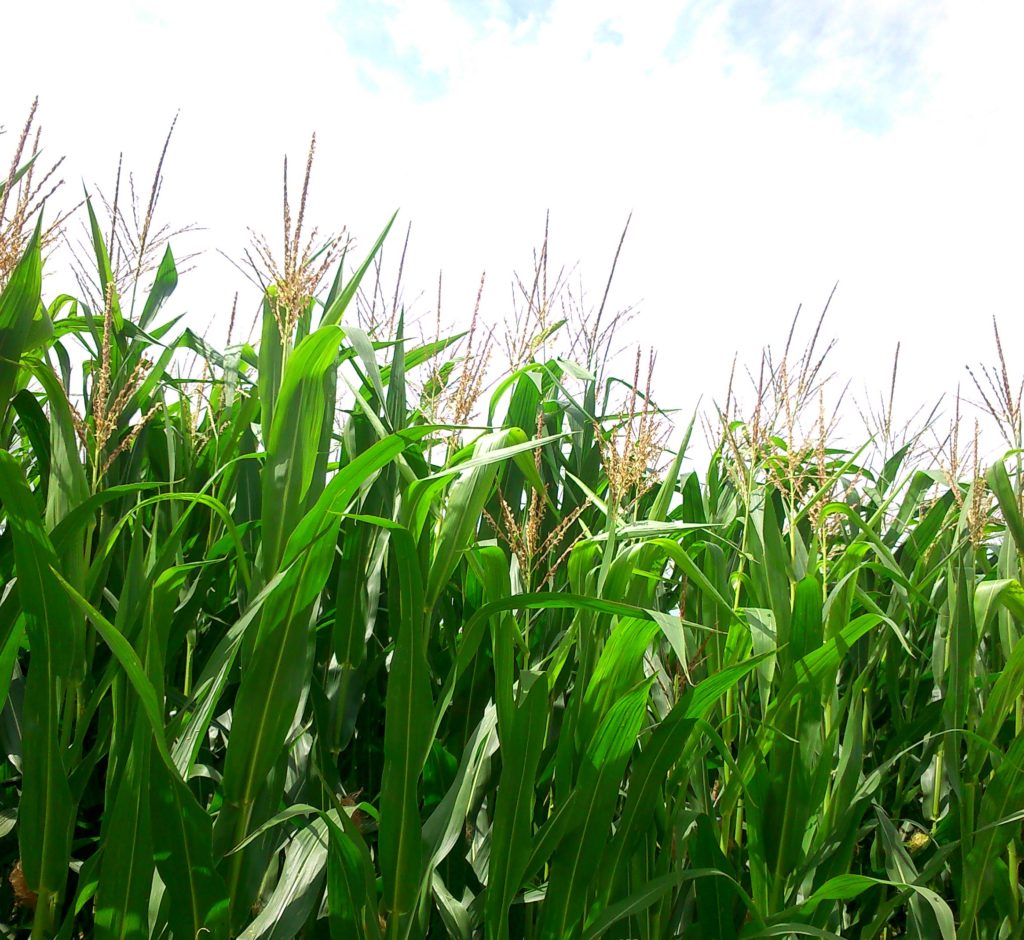
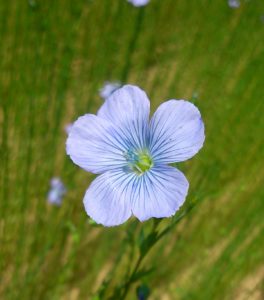
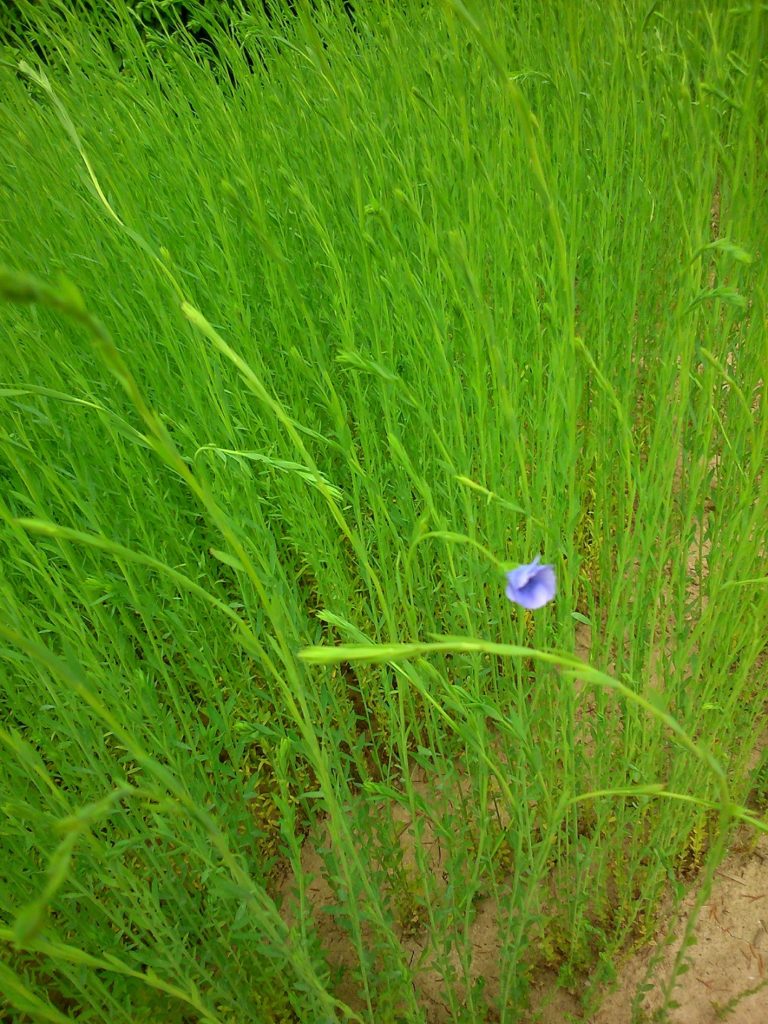
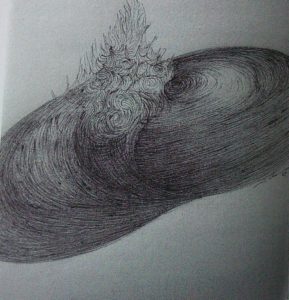

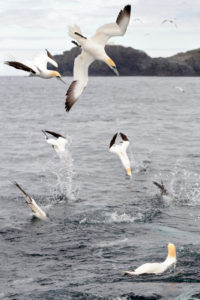 Brydon Thomason[/caption]
Brydon Thomason[/caption]
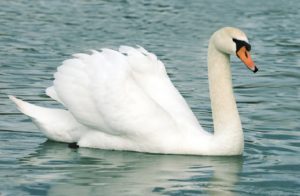



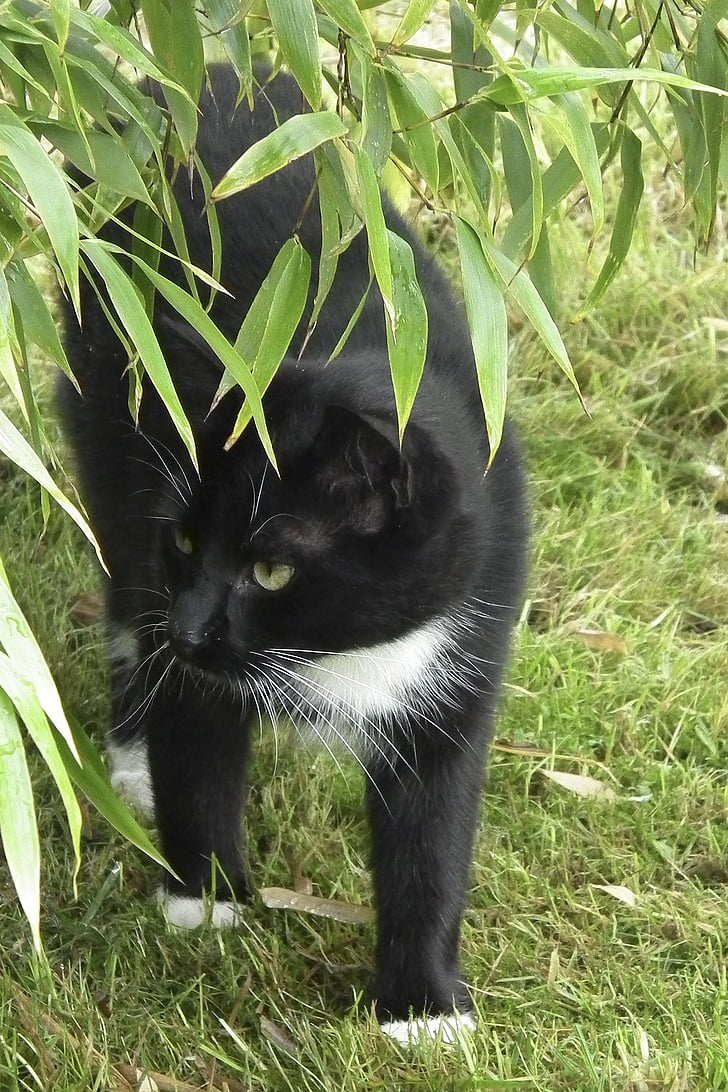 The cat’s in the spinney and wears his white pinny
The cat’s in the spinney and wears his white pinny